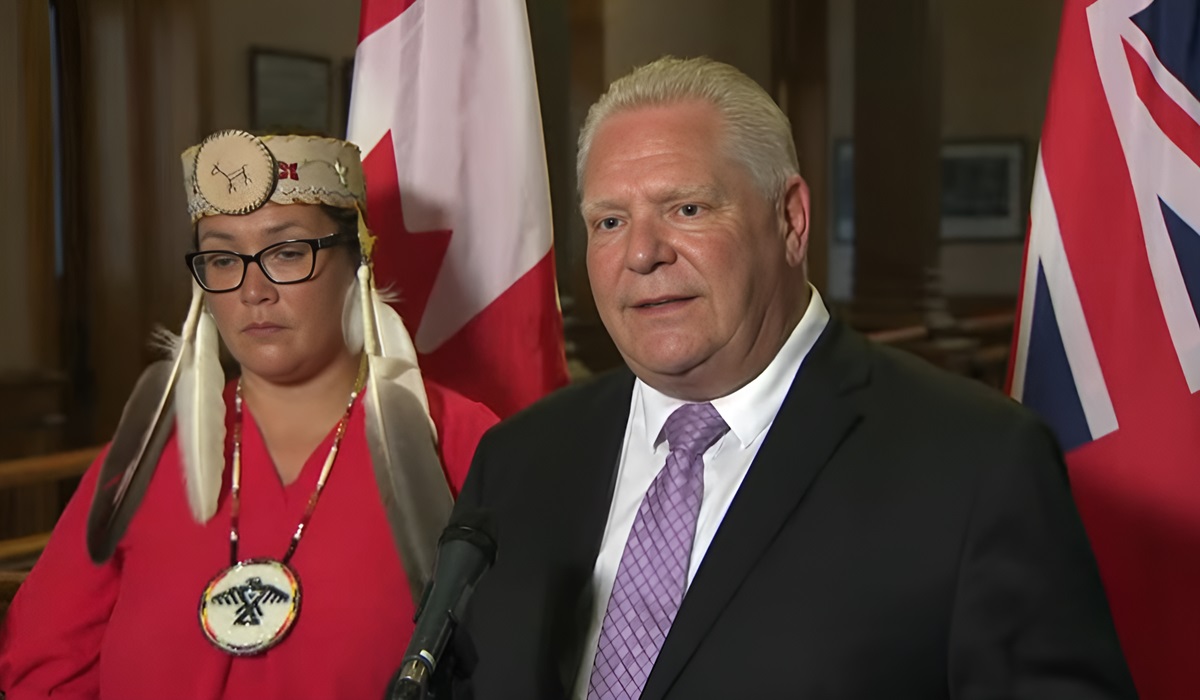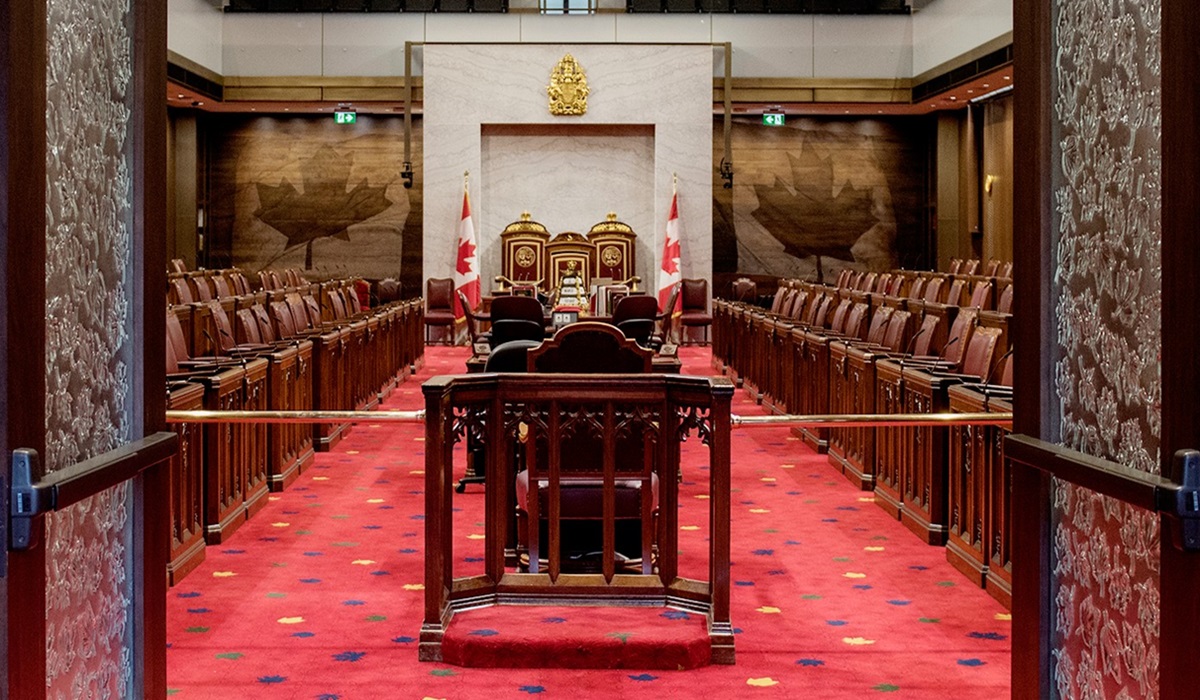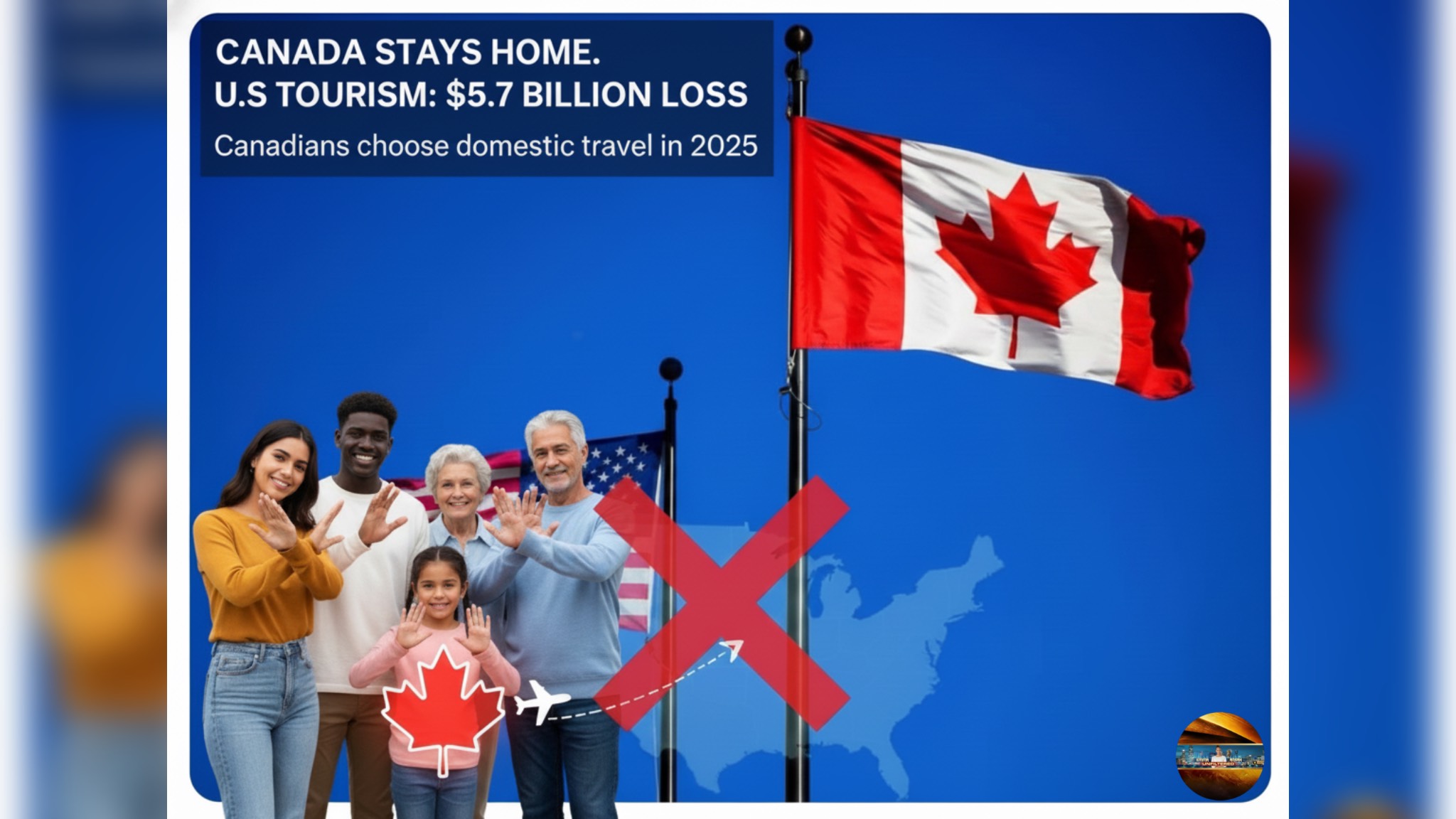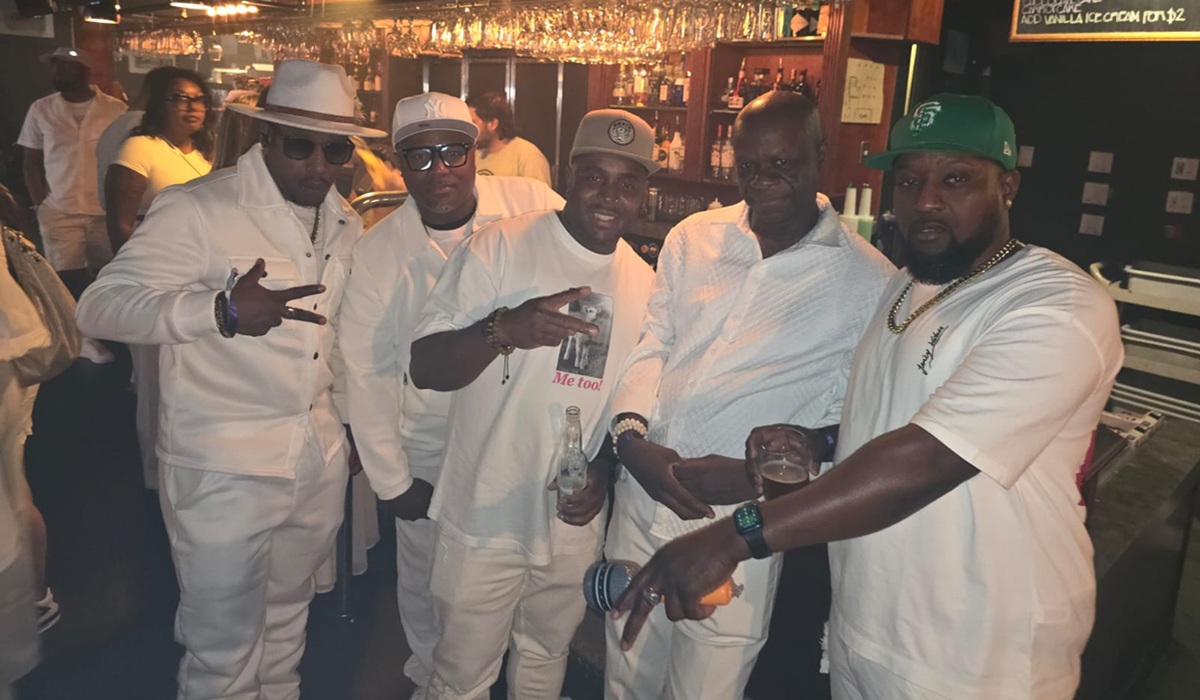At Queen’s Park, First Nations Push Back on Bill 5 — While Others Push for Progress
- Ingrid Jones
- Canada
- Indigenous
- July 16, 2025

TORONTO — In a powerful and passionate display of unity, nine First Nations leaders gathered at Queen’s Park to voice their opposition to recently tabled federal and provincial infrastructure legislation, most notably Ontario’s controversial Bill 5. But behind the joint appearance lies a deeper truth: the Indigenous community across Ontario, and indeed Canada, remains divided on the path forward.
The leaders, representing communities from across Northern and Central Ontario, challenged the government’s latest infrastructure approach, which they say bypasses Indigenous sovereignty and fails to provide adequate consultation. At the core of the criticism is a belief that Bill 5 undermines treaty rights and further centralizes decision-making power in provincial hands, especially when it comes to projects that run through or affect Indigenous lands.
Chiefs and spokespeople from the nine nations outlined their grievances in speeches that emphasized a history of neglect, broken promises, and legislative overreach. “We are not anti-development,” said one speaker. “But we are against being sidelined in decisions that directly impact our land, our people, and our future. Bill 5 strips us of the little input we fought so long to gain.”
However, the situation is not as unified as it may seem on the surface. Several other Indigenous communities — some represented by regional economic councils, others through quiet government consultations — have been advocating for the very opposite: they want Ottawa and Queen’s Park to fast-track long-delayed infrastructure projects. Behind closed doors, these leaders are pressing governments to accelerate approvals and funding for essential services like clean water, housing, road access, and broadband internet.
This divergence reveals a growing rift within Indigenous leadership circles.
Some leaders — particularly those from communities still living under boil water advisories or without all-season roads — see Bill 5 as a potential catalyst for progress. For them, the bill’s streamlining of infrastructure approvals might finally cut through the bureaucratic red tape that’s delayed clean water and housing projects for decades. They argue that delays caused by repeated consultations and jurisdictional disputes have caused more harm than good.
“Some of us are drowning in process while our people still can’t drink the water,” said a senior Indigenous advisor who asked not to be named. “We’re trying to get governments to act faster, not slower. So yes, some of us are speaking up in public. Others are using back channels. But the goal is the same: action.”
Oil and natural resource development is another major fault line. While environmental advocates and many Indigenous communities have long resisted fossil fuel infrastructure on traditional lands, a growing number of First Nations have entered partnerships with energy companies. These partnerships bring jobs, revenue-sharing agreements, and in some cases, direct community ownership stakes.
This reality further complicates the political debate. Some Indigenous nations support pipeline expansion, LNG terminals, and mining projects as necessary steps toward economic independence. Others view these developments as environmental threats and a perpetuation of colonial extractive systems.
The Ontario government, for its part, has insisted that Bill 5 is about cutting unnecessary red tape and helping communities — including Indigenous ones — access critical infrastructure faster. A spokesperson from the Ministry of Infrastructure noted that consultations are ongoing and that the bill is designed to “modernize” processes without compromising rights.
But the presence of nine First Nations leaders at Queen’s Park, voicing opposition so forcefully, sends a clear message: whatever the intent, the execution of this bill has missed the mark for many Indigenous people. They want development, yes — but not at the cost of sovereignty or without proper engagement.
Meanwhile, those advocating through quieter means fear being publicly out of step with fellow leaders, even if their communities’ needs are different. “There’s no one Indigenous voice,” said the anonymous advisor. “There are over 600 nations in Canada. We’re not all going to agree. And that’s okay. But we need governments to recognize that reality and stop trying to treat us as a monolith.”
The federal government has remained largely silent on the issue, offering only brief statements about continued commitment to reconciliation and infrastructure equity. But many Indigenous leaders remain skeptical.
What this moment reveals is not simply a fight over a bill — it’s a complex web of needs, priorities, and histories that defy any single narrative. The challenge now for federal and provincial governments will be to recognize this complexity and meaningfully include all voices — not just the loudest, or most convenient.
As the debate over Bill 5 continues, one thing is clear: development in Indigenous communities cannot succeed without true partnership. And that requires more than just legislation — it requires trust. And trust, as the leaders at Queen’s Park reminded everyone, must be earned.








